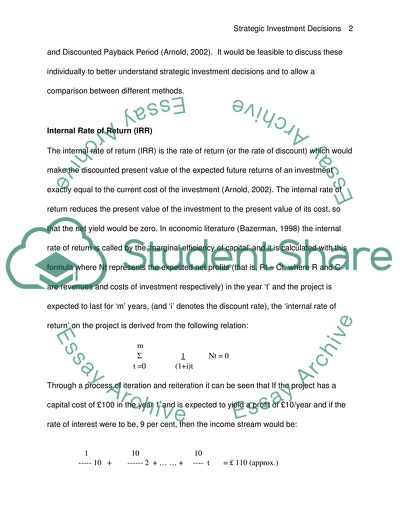Cite this document
(Strategic Investment Decisions Literature review, n.d.)
Strategic Investment Decisions Literature review. https://studentshare.org/finance-accounting/1704566-strategic-investment-decisions
Strategic Investment Decisions Literature review. https://studentshare.org/finance-accounting/1704566-strategic-investment-decisions
(Strategic Investment Decisions Literature Review)
Strategic Investment Decisions Literature Review. https://studentshare.org/finance-accounting/1704566-strategic-investment-decisions.
Strategic Investment Decisions Literature Review. https://studentshare.org/finance-accounting/1704566-strategic-investment-decisions.
“Strategic Investment Decisions Literature Review”. https://studentshare.org/finance-accounting/1704566-strategic-investment-decisions.


